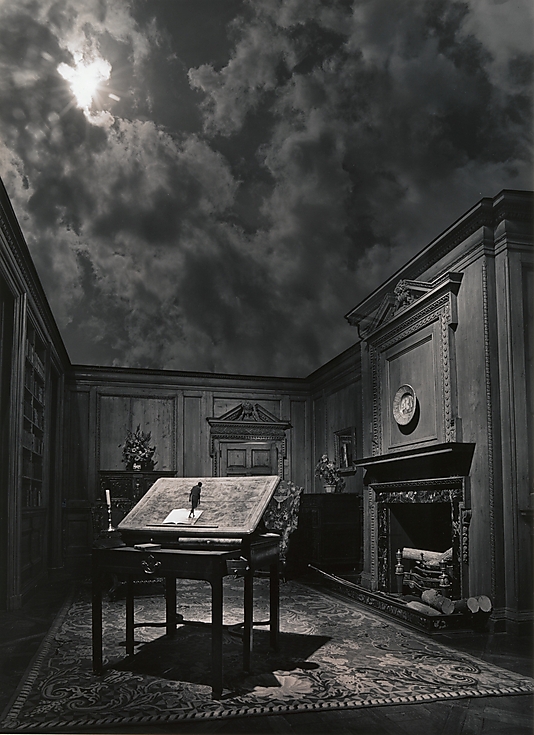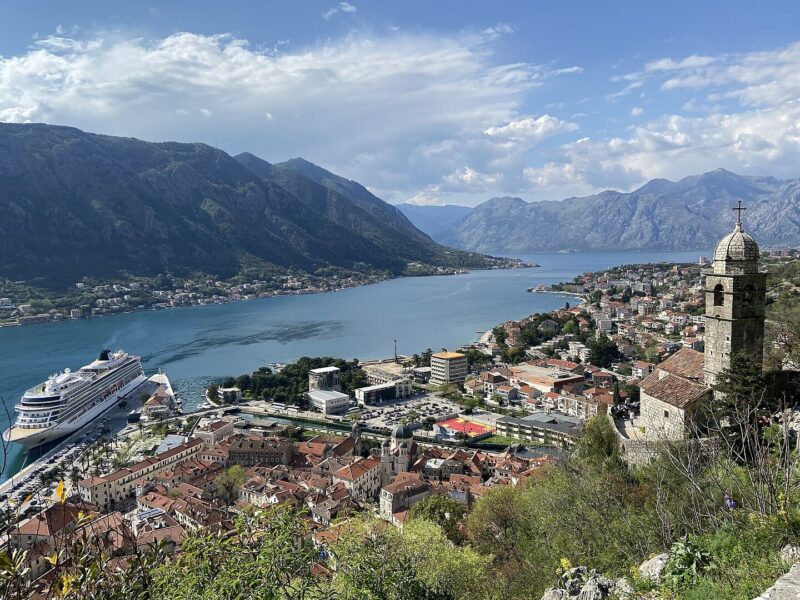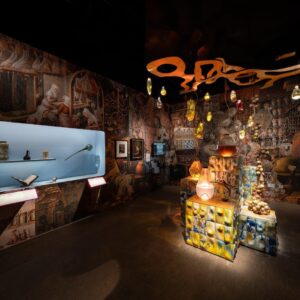
Untitled Jerry N. Uelsmann (American, born Detroit, Michigan, 1934) © Jerry N. Uelsmann David Hunter McAlpin Fund, 1981
Faking It Manipulated Photography Before Photoshop October 11, 2012–January 27, 2013
www.metmuseum.org/
Arthur Conan Doyle thought of himself as a rational man. A scientist, even. He had a medical degree from Edinburgh University. As the creator of Sherlock Holmes, he could claim to be the inventor of the science of crime scene investigation.
But when Conan Doyle saw photographs of fairies taken in Cottingley in Yorkshire, he believed he was seeing scientific proof that these tiny creatures really existed. He published the photographs alongside an article he wrote for The Strand magazine in 1920, hailing fairies as supernatural wonders.
It was not until 1983 that two elderly Yorkshirewomen admitted these were fakes. Elsie Wright and Frances Griffiths, who appear as young girls in the images, revealed they had used the crudest possible means to fabricate their ethereal visions. They simply cut pictures out of books and posed the fairies among flowers. The results are undeniably beautiful. Their power lies, still, in our desire to believe that little girls might meet fairies in the garden. And yet the simplicity of the girls’ trick undermines everything we think we know about the story of photography.
In 1988, a Silicon Valley company called Adobe bought a license to release a new piece of software called Photoshop. Suddenly, photography was infinitely manipulable – no longer a raw slice of reality, produced by light hitting sensitised paper or film. Every amateur could now rework a digital image, while professionals could endlessly “improve” celebrity portraits. The camera started to lie.
But it is a myth that photography ever had an age of innocence. A fascinating exhibition opening at the Metropolitan Museum of Art in New York in October, Faking It: Manipulated Photographs Before Photoshop, turns the story of photography on its head. From the moment cameras began capturing reality, that reality was being faked. The very truthfulness of photography made it a perfect technology when it came to the art of illusion.
In fact, the lesson of the earliest fake photos is that technology does not fool the human eye; it is the mind that does this. From scissors and glue to the latest software, the fabrication of an image only works because the viewer wants it to work. We see what we wish to see.
The Victorians wanted to see spirits of the departed. Mortality was far more present than it is in the west today. Cholera, tuberculosis and other everyday killers deprived almost every family of both the elderly and the young. Seances offered conversation with the dead, and “spirit photographers” claimed to capture spectral presences in the room. The spirit photographs in the Met exhibition seem impossible to take seriously today: the double exposure looks too obvious. Yet for thousands of people, such pictures were once real and deeply moving.
Conan Doyle believed in ghosts, too, and hailed a 1920s image which appeared to show spectres of the war dead at an Armistice ceremony in London as “the greatest spirit photograph ever taken”. The popularity of such pictures well into the 20th century proves that they were not just a Victorian curio, but appealed to profound imaginative longings. Did I put that in the past tense? People give themselves the shivers looking at pictures of “ghosts” in the age of Photoshop, too.
If we can still be fooled – still want to be fooled – by pictures of the uncanny in the digital age, imagine the temptation in photography’s early decades, when this medium seemed to deliver pure reality. Double exposures and cutting and pasting were the most effective “traditional” ways to fiddle photos. By inserting part of one photograph into another and rephotographing the results, you could create a magical image like Grete Stern’s 1950 picture of a tiny woman sitting next to a man’s giant hand on a table.
This looks smoothly “real” – though by 1950 nobody would have been fooled by it: instead, it was understood as “surreal”. Modern art had transformed our attitudes to the fantastic. Initially, the invention of photography had appeared to threaten art’s role of representing the world (“From today, painting is dead,” the painter Paul Delaroche is meant to have said after studying the first daguerreotype). But even by the 1890s, painting was getting its revenge. Artists turned inwards, to express psychic states, and saw the world in wildly subjective ways. Soon they seized on photomontage: dadaists in Germany cut up and conjoined photographs to create disturbing visions of chaos. One of them, John Heartfield, went on to produce dreamlike photomontages furiously satirising the rise of Hitler. He was commissioned by the British magazine Picture Post to create one of the most brilliant of all manipulated photographs. In 1938, British prime minister Neville Chamberlain met Adolf Hitler and came home promising “peace in our time”. Heartfield’s Picture Post satire reflects how likely he, and many others, thought peace with Hitler to be: it is an image of an elephant and its baby taking off on their great feathery wings.
Any innocence photography ever clung to was worn away over the course of the 20th century. Propagandists used photographic tricks to rewrite history. In a 1949 portrait, the Soviet leader Joseph Stalin is seen as a young man with Lenin. Stalin and Lenin were close friends, judging from this photograph. But it is doctored, of course. Two portraits have been sutured to sentimentalise Stalin’s life and closeness to Lenin. In the same era, Soviet photo-engineers were purging inconvenient faces from history; as old revolutionaries were killed or deported to Siberia, their likeness vanished from official images.
After so many lies, the myth of the truthful photograph was dead by the 1960s. Semiologists such as Roland Barthes and Umberto Eco explored the manipulative messages encoded into apparently ordinary photographs by advertisers and political parties. Photoshop never ended an era. It simply gave a new lease of life to photography’s phantoms.
guardian.co.uk © Guardian News & Media Limited 2010
Published via the Guardian News Feed plugin for WordPress.









